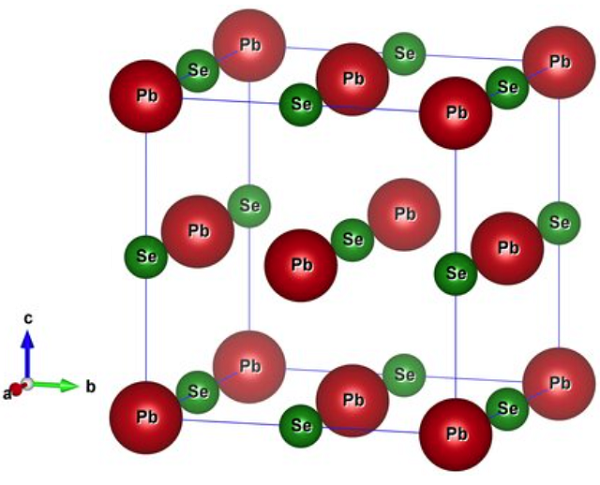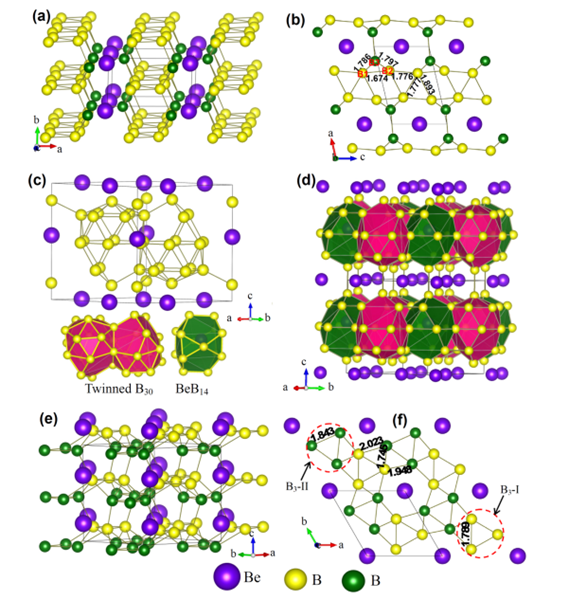The brief introduction of Lead selenide
PbSe is a narrow-gap semiconductor that has been of great interest for many decades for its use in infrared optoelectronics and thermoelectric devices. PbSe has been found to have a high dielectric constant and quite unusual infrared and electronic properties. An upsurge in interest in group IV-VI compounds has been stimulated because of the observation of a new topological class among these compounds coined as a topological crystalline insulator. No single detector covers the entire 780–2500 nm near-IR range. The detectors most commonly used for near-IR spectroscopy are lead sulfide (or lead selenide) photoconductors and silicon photodiodes with PbS(Se) covering the region 1100 to 2500 nm and Si in the visible to 1100 nm range.

Previous studies of PbSe have reported the rock salt crystal structure at ambient temperature and pressure with a lattice parameter of a = 6.13 ̊A and a direct minimum energy band gap of around 0.28 eV at the L point in the Brillouin Zone. It has L−6 symmetry for the conduction band, while the valence band symmetry is denoted by L+6, a topologically trivial phase. PbSe is generally synthesized in a doped state due to stoichiometric imbalance and high carrier mobilities at low temperatures in Pb salts; these carriers provide an excellent way to study their dynamics, band transport parameters, and Fermi surface geometry at low temperatures.


